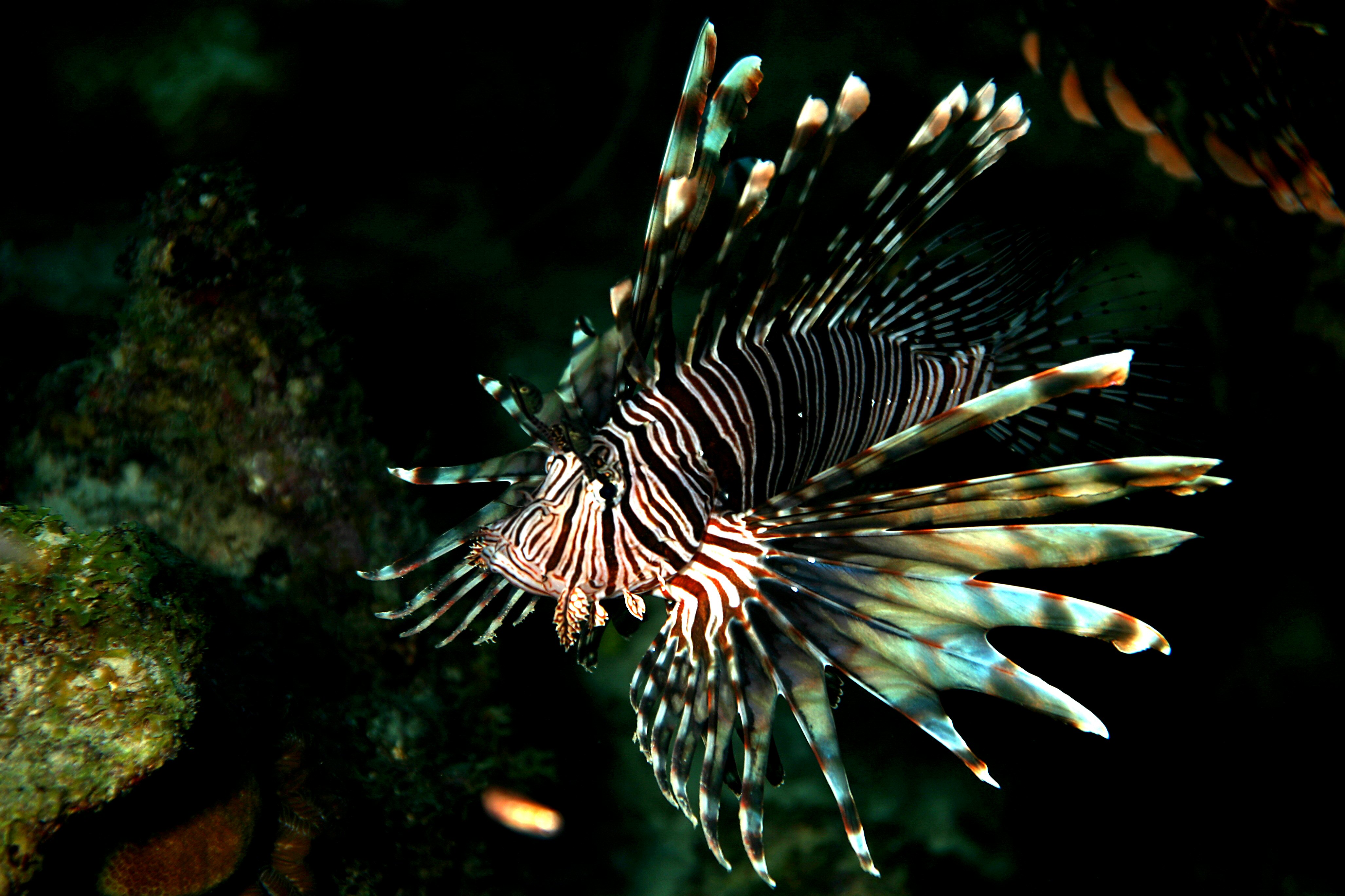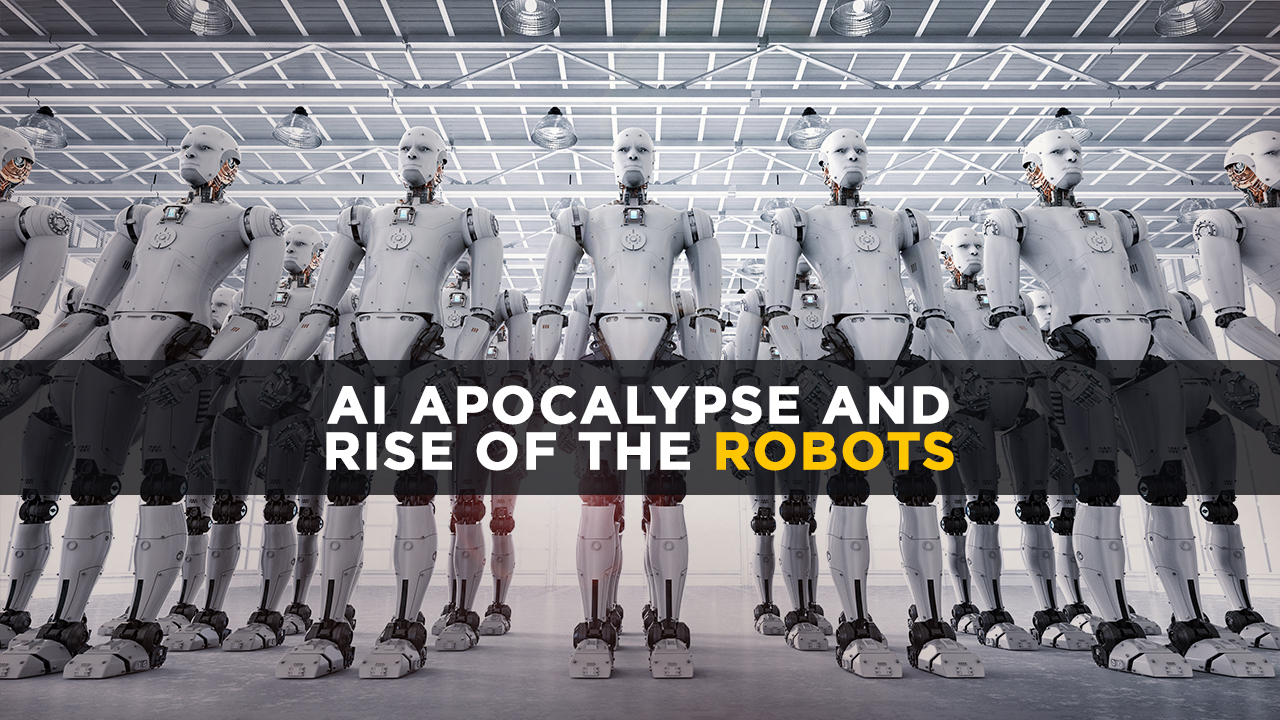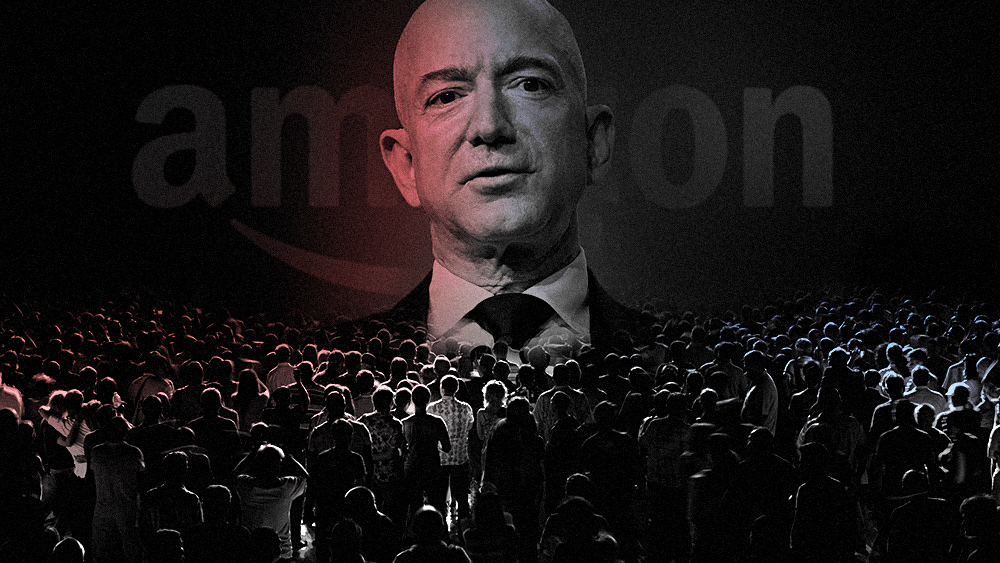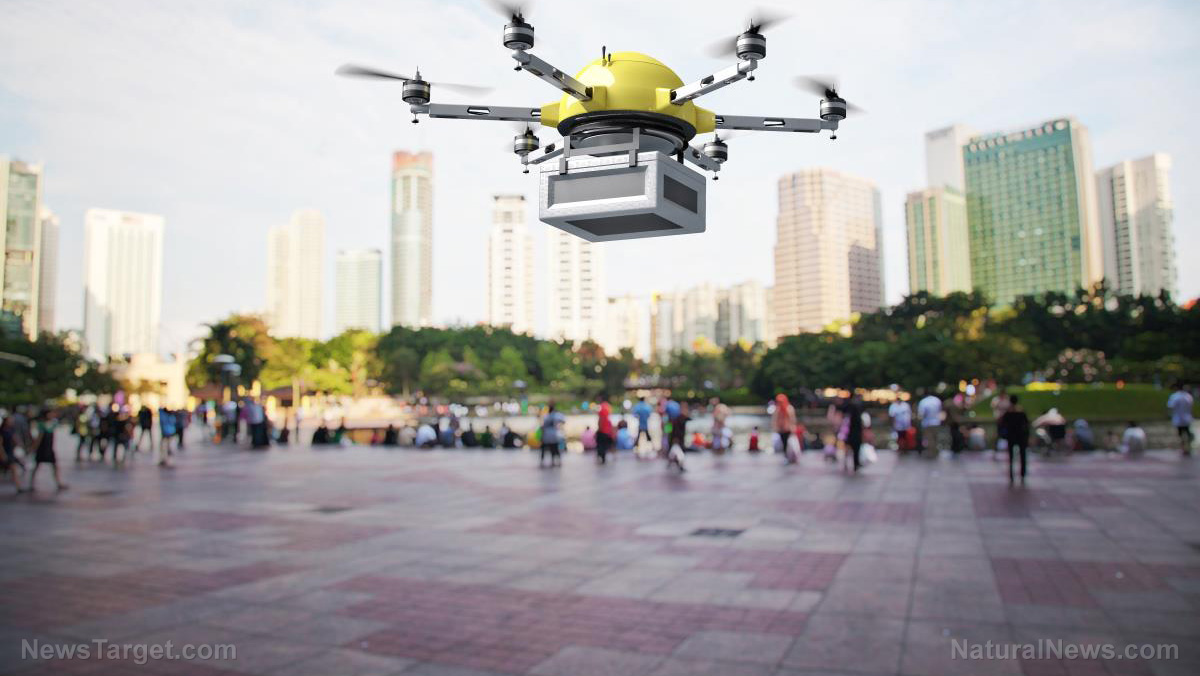UV robots sweep hospitals, killing the coronavirus using light
04/06/2020 / By Tracey Watson

Experts have repeatedly told us that the best way to prevent the spread of the novel coronavirus is to avoid physical distance with sick people. But that’s pretty difficult to achieve in modern society, where more than half the world’s population lives in urban areas, using public transport, eating in the same restaurants, drinking together in pubs, and interacting in a myriad other ways every single day.
Since the COVID-19 virus is so incredibly contagious, public areas frequented by large groups of people, as well as hospital rooms that have been used by sick patients, need to be carefully disinfected.
Robots that can disinfect these areas by utilizing the power of the sun’s ultraviolet rays are the latest weapon in the fight against the spread of the coronavirus. (Related: How long does coronavirus last on surfaces? — And how to clean and disinfect surfaces properly.)
Why ultraviolet light is the right weapon against COVID-19
The sun is an incredibly powerful natural disinfectant; its ultraviolet rays are strong enough to kill most harmful bacteria on exposed skin or clothing by destroying the nucleic acids in bacteria and other types of microbes.
As reported by The Epoch Times, concentrated UVC light has already been used for over five decades as an effective disinfectant in the manufacture of many different beverages, as well as for disinfecting fresh fruit and vegetables, cheese, frozen foods and baked goods.
Now, robots using this same type of light are being used to safely disinfect hospital rooms that have housed COVID-19 patients, as well as other public areas.
As reported by the BBC, though this technology has been available for some time, the coronavirus has “rocketed” demand for these special robots.
According to Sam Ellison, vice president of UVD Robots, “truckloads” of these robots have already been shipped to China, and more recently demand has escalated in other parts of the world.
The BBC reported:
Production has been accelerated and it now takes less than a day to make one robot at their facility in Odense, Denmark’s third largest city and home to a growing robotics hub.
Glowing like light sabres, eight bulbs emit concentrated UV-C ultraviolet light. This destroys bacteria, viruses and other harmful microbes by damaging their DNA and RNA, so they can’t multiply. …
The job is done in 10-20 minutes. Afterwards there’s a smell, much like burned hair.
As explained by The Epoch Times, Klaran, another firm that specializes in UVC LED products, has developed a robot that uses wavelengths between 200 and 280 nanometers (UVC) to effectively disinfect against pathogens.
And Dimer UVC Innovation, based in Los Angeles, has developed a robot that can disinfect up to 10 hospital rooms in a single hour. (Related: The Lancet — Global case fatality rate from coronavirus settles in at 5.7%, or 57 times higher than the flu … Death rate skyrockets to 20% when hospitals get overrun.)
The Epoch Times reported:
Dimer just announced that it will offer GermFalcon robots designed to autonomously navigate through airplane cabins and passenger terminal waiting areas to strategically ‘kill viruses, bacteria, and superbugs’ on high-touch surfaces.
Co-founder Elliot Kreitenberg stated the Dimer germ-killing system will participate in the coronavirus emergency response efforts at the Los Angeles International Airport, San Francisco International Airport, and John F. Kennedy International Airport in New York.
Prof Hans Jørn Kolmos, a professor of clinical microbiology at the University of Southern Denmark, explains that many different organisms can cause infections, but that the correct dose of ultraviolet light, applied for an appropriate length of time, will kill most of them.
He added, “This type of disinfection can also be applied to epidemic situations, like the one we experience right now, with coronavirus disease.”
Stay informed, stay alive. Bookmark Pandemic.news.
Sources for this article include:
Tagged Under: coronavirus, covid-19, disinecting, Hospitals, outbreak, pandemic, public areas, robotics, robots, ultraviolet rays, UV light, virus
RECENT NEWS & ARTICLES
COPYRIGHT © 2017 ROBOTICS.NEWS
All content posted on this site is protected under Free Speech. Robotics.News is not responsible for content written by contributing authors. The information on this site is provided for educational and entertainment purposes only. It is not intended as a substitute for professional advice of any kind. Robotics.News assumes no responsibility for the use or misuse of this material. All trademarks, registered trademarks and service marks mentioned on this site are the property of their respective owners.



















